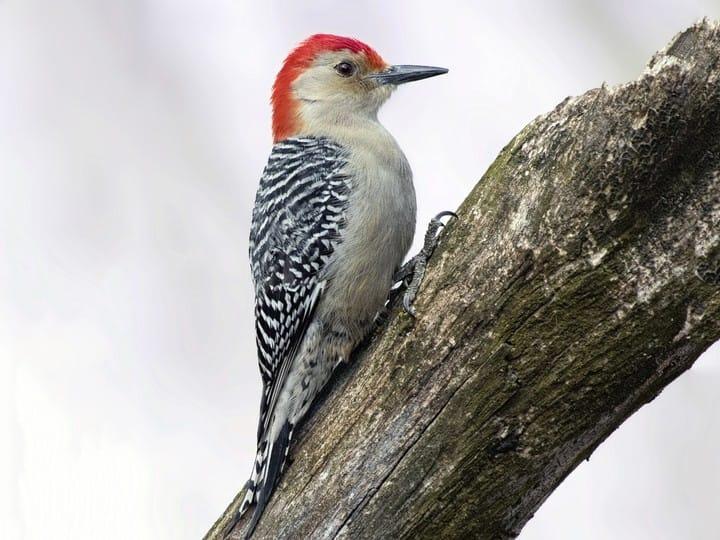Revealing the Keys of Woodpeckers: Behavior, Habitat, and Extra
Woodpeckers, with their distinct habits and specialized adaptations, have long captivated scientists and nature enthusiasts alike. By revealing the enigmas bordering woodpeckers' habits and habitat choices, a much deeper understanding of these bird wonders emerges, using a look into their interesting world.
Woodpecker Actions Insights
In examining woodpecker behavior, a remarkable display screen of specialized abilities and adaptations emerges, losing light on their impressive environmental specific niche - Woodpeckers in Florida. Woodpeckers, known for their distinct drumming on trees, have a range of behavioral attributes that add to their survival and success in their atmosphere. One key actions is their drumming, which serves multiple objectives such as communication, establishing region, drawing in mates, and situating food sources. This balanced pecking likewise showcases their remarkable toughness and endurance, as they can hammer away constantly at high speeds without triggering harm to themselves.
In addition, woodpeckers exhibit an one-of-a-kind feeding behavior identified by their ability to essence insects from tree bark using their specialized beaks. Their lengthy, barbed tongues aid in catching target, while their strong neck muscle mass give stability and accuracy throughout pecking movements. This feeding method allows woodpeckers to gain access to surprise insect larvae and extract them with amazing performance.
Habitat Preferences and Selection
What factors influence the habitat preferences and selection of woodpeckers? One crucial factor influencing woodpecker environment option is the schedule of ideal nesting websites. Woodpeckers normally like forests with a mix of mature trees that provide ample opportunities for dental caries excavation.
In addition, woodpeckers reveal a preference for habitats with an abundant supply of food resources. They are mostly insectivorous, eating beetles, ants, larvae, and other insects located in worn out wood or tree bark. Woodpeckers often tend to favor wooded locations with a diverse insect population to fulfill their dietary demands.
In addition, the presence of dead or worn out trees is one more essential consider woodpecker environment choice. These trees not only supply food sources yet likewise offer ideal substrate for dental caries excavation. Dead trees are necessary for the maintenance of healthy and balanced woodpecker populations, as they play an essential function in the woodpeckers' life cycle and environment dynamics.
Feeding Behaviors and Diet Plan Make-up
Woodpeckers show a specialized feeding behavior focused on foraging for bugs within numerous habitats. In addition to bugs, woodpeckers additionally consume tree sap, fruits, nuts, and seeds, adding range to their diet regimen depending on the season and availability of food resources.
The foraging strategies of woodpeckers are well-adapted to their arboreal lifestyle (Woodpeckers in Florida). Their ability to excavate wood not just provides them with food but also helps in developing nesting cavities and developing regions. Woodpeckers play an essential function in maintaining the health of forests by controlling insect populaces and assisting in the disintegration of timber. Comprehending their feeding routines and diet plan composition is important for conservation initiatives intended at protecting these distinct and important birds.
Drumming Seems and Communication
Making use of fast drumming sounds on various surface areas, woodpeckers employ a distinctive kind of communication to signal area boundaries and bring in companions. This drumming behavior is not just a way of communication however also works as a method for woodpeckers to establish their existence within a particular location. The intensity, rate, and pattern of the drumming can communicate important info to other woodpeckers around.
Woodpeckers use drumming audios to reveal their visibility in an area and to advise off prospective intruders. The loud and repeated nature of the drumming acts as a clear signal to other woodpeckers that the location is already asserted. This helps in lowering conflicts and decreasing physical conflicts in between individuals.

Survival Adaptations and Specialized Makeup

Final Thought
In verdict, woodpeckers show distinct actions, such as drumming audios for communication, and have specialized makeup for survival in their picked environments. Their feeding routines and diet structure additionally demonstrate their adaptability to numerous atmospheres. By recognizing these facets of woodpeckers, researchers and preservationists can better shield and maintain these interesting birds and their ecosystems.